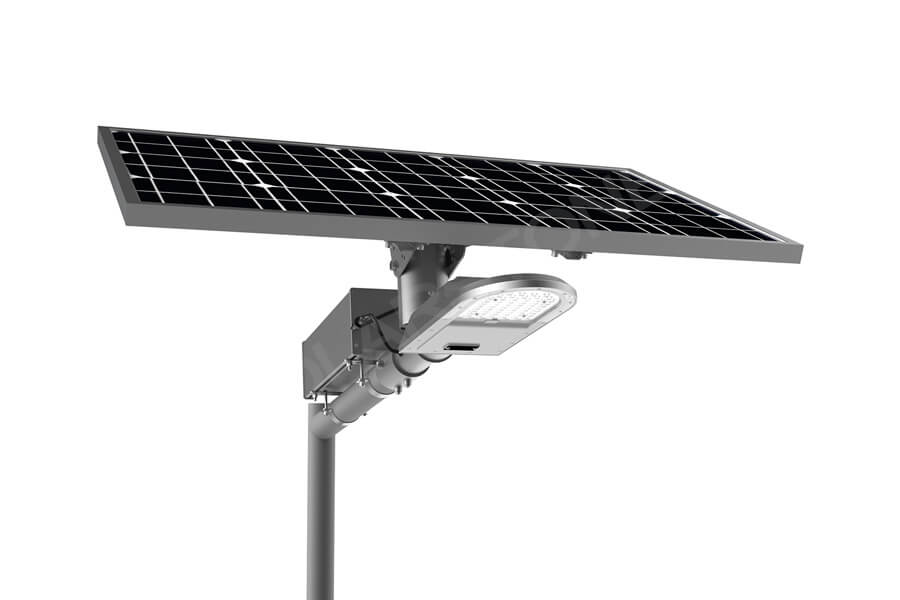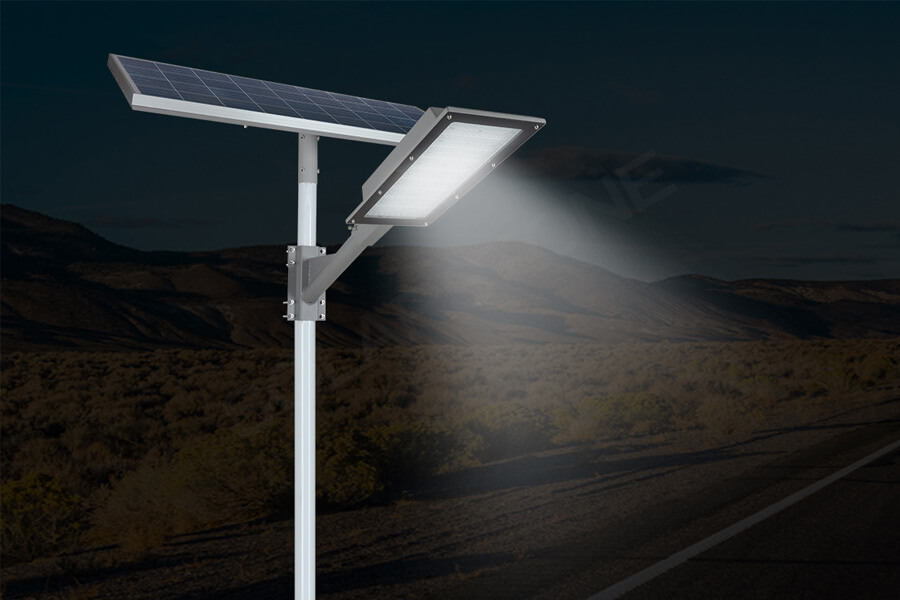Precautions for installing solar street lights
Solar energy, as a “wonderful” existence, not only saves energy and is environmentally friendly, but also always gives people a sense of mystery that is “far and near”.
Far away, solar energy can be applied to photovoltaic power stations in deserts, plateaus, and islands; A little closer, it can also be used on residents’ photovoltaic roofs, photovoltaic RVs on the road, and photovoltaic street lights that we see everywhere every day.
It is both distant and within reach.
Regardless of distance, solar energy is always present in every corner of our lives, bringing us the most perfect gift of nature.
Today, let’s talk about the most common solar energy application around us – “solar photovoltaic street lights”.
What aspects should be noted when installing a solar street light:
Part.1 In terms of photovoltaic cells
At present, there are many types of photovoltaic cells on the market.
Special attention should be paid to the selection of photovoltaic cells for solar street lights. Only cells with high conversion rates, strong stability, and peak output power below 0.05 meet the standards.
Part.2 Regarding batteries
The battery is an important component of the photovoltaic lighting system and an indispensable energy component in the entire system.
The battery can store electrical energy during the day when there is sufficient sunlight, ensuring that solar street lights can continue to be powered even in low light conditions (such as cloudy days and nights).
Batteries are usually charged using a cyclic working mode. During communication power outages, the battery needs to play a leading role.
Part.3 Controller aspect
According to relevant research, the charging efficiency of photovoltaic lighting systems is mainly affected by factors such as the current size, pulse period, and charging time of the battery.
The controller can control the current based on the stored charge of the battery. If the battery’s charge is around 90%, the controller will immediately give a corresponding response.
Optimizing the application of the controller requires implementing a non heating stage based charging management to ensure adjustable settings throughout the entire process.
Part.4 Light source aspect
According to different locations where the light source is used, green light sources that meet national standards such as light efficiency and lifespan can be selected.
Photovoltaic lighting systems mainly choose green light sources with high light efficiency, long lifespan, and no flicker. For example, LED light sources, as well as induction lamps and fluorescent lamps.
From the perspective of sustainable development, LED light sources have greater potential for development and will become the mainstream light source in future development.
Part.5 Regarding cables
Choosing the appropriate cable is an important step in the application of photovoltaic lighting systems, and multiple factors should be considered when selecting the appropriate cable.
It is possible to select cables with a line loss not exceeding 0.05 through calculation, where line loss equals current multiplied by circuit bus length multiplied by cable voltage factor.
In addition, during operation, the output of photovoltaic cells will be affected by the connecting cables. When applying photovoltaic cells, in order to maximize their power generation efficiency, it is necessary to correctly connect the cables.






